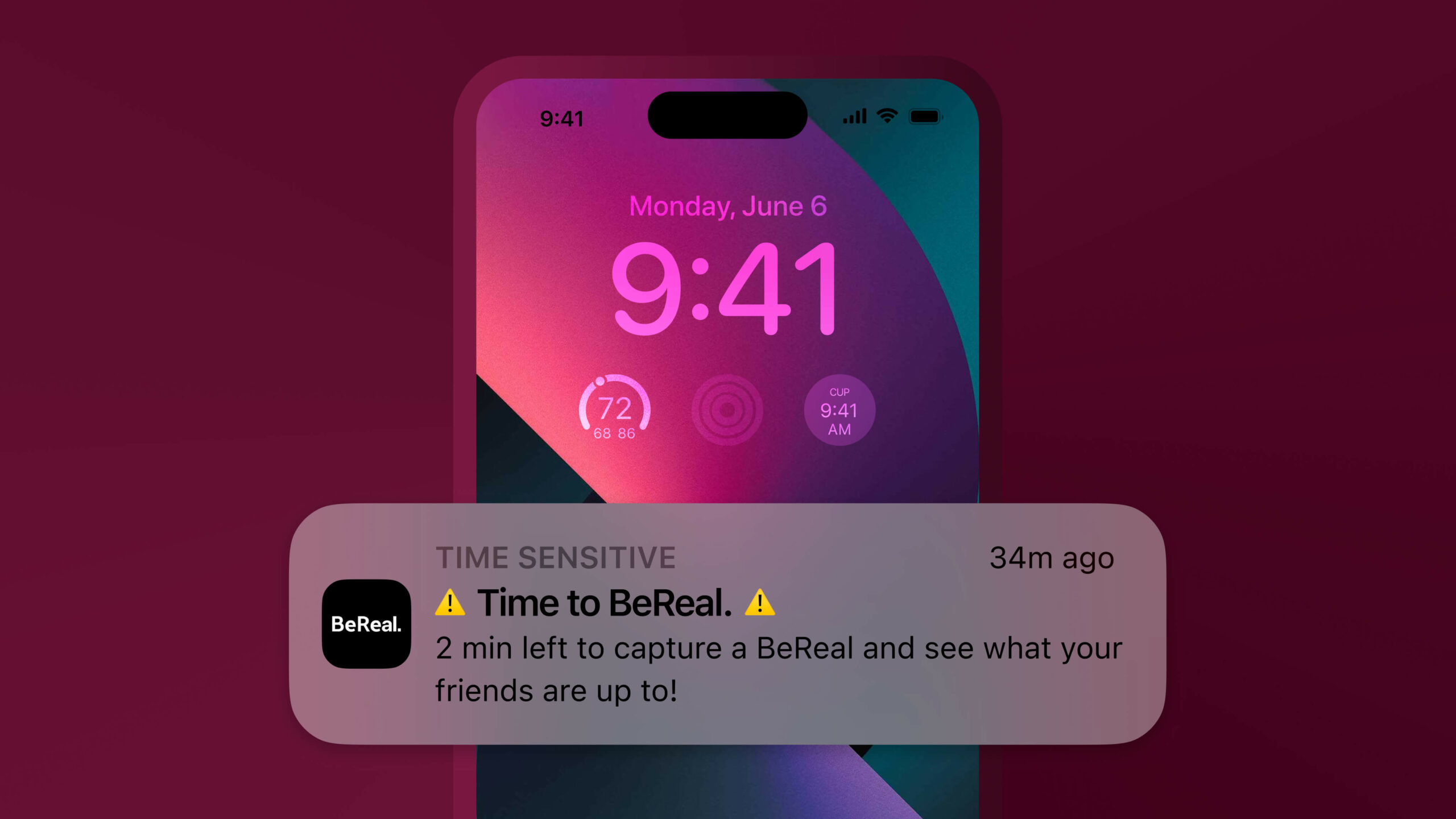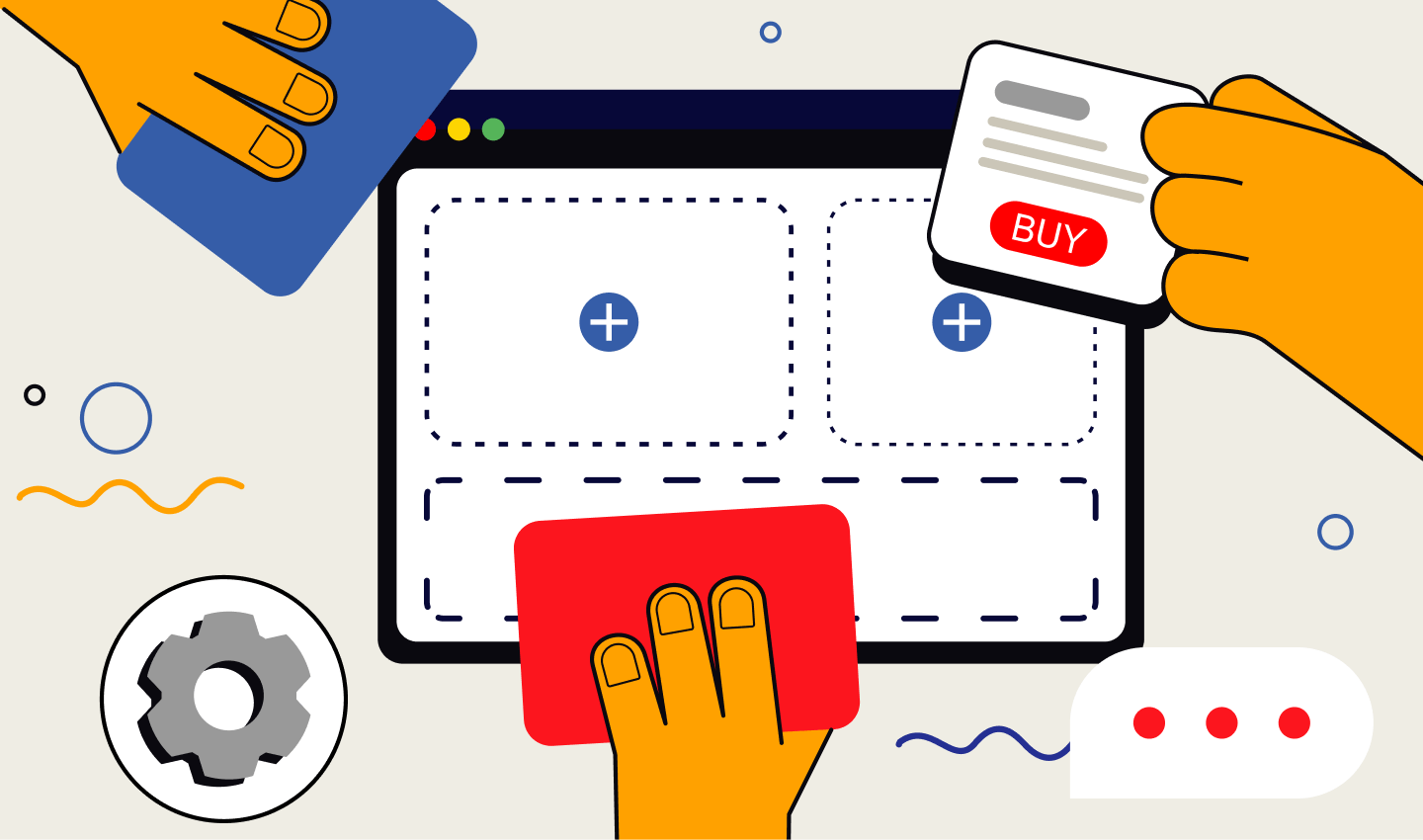
6 Product-Led Growth Tactics that Helped Startups Gain Crazy Traction
Product, product, product. At this point, ‘product’ has become the theme of this decade. You’re either building one, designing one or using one- there’s no escaping. But how did you come to use any of the products you use today? From Spotify to UberEats to Notion, it’s a battle of the products.
Who can get more loyal users?
Although loyal seems like the keyword here, customer retention is a topic for another time. So let’s highlight the word ‘more’ here.
With new software and products hitting the market every day, growth and scaling are crucial for the success of any startup. As a result, product-led growth (PLG) strategy has become fundamental to most product teams. Most product managers now almost always ensure that they focus not only on the product but also on growth tactics!
Let’s look at three products that saw crazy growth in the market and what we can learn from them:
Table of Contents
Zoom
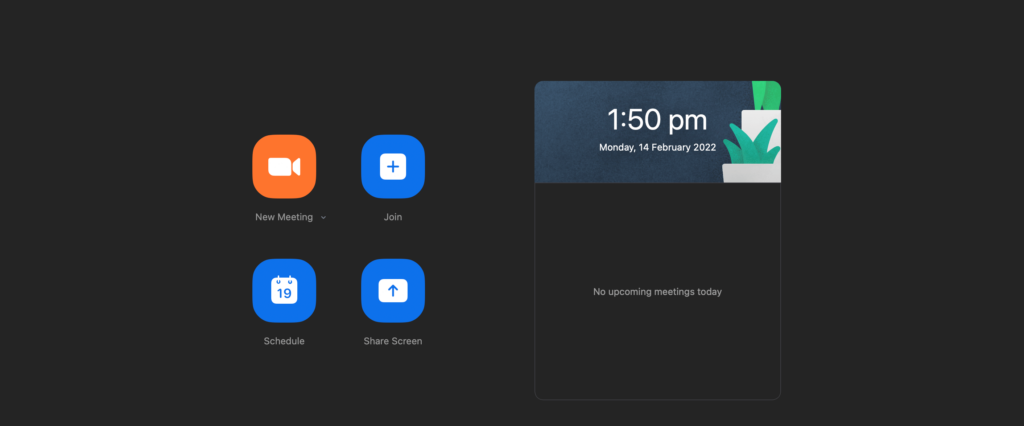
Honestly, did Zoom event exist before the Covid-19 pandemic? It launched in 2011 🤯
Nonetheless, let’s shine a light on the Zoom Boom Era of 2020. For many businesses, 2020 was a time of loss and chaos, but it was quite the opposite for Zoom- this software managed to grow 30x in April 2020. That’s 300 million users. Three. Hundred. Million. Talk about growth tactics.
When Mr Yuan, an ex-Webex, started pitching Zoom to investors in its early days, it raised a few eyebrows? What could Zoom provide that Cisco (Webex) and Microsoft can’t? Ease of access for the end-user.
Corporate web-conferencing products like Webex were not built mobile-friendly. They were meant for business use, and that’s okay too, But mind you, this is the time when consumerisation of tech was trending. There was a shift in the decision-making process; the end users’ opinions were slowly taking over the executive buying decisions, and Zoom decided to address the user, not the company.
What can you learn from Zoom?
- Lesser barriers to entry = More users
Compared to it’s corporate competitors and other popular conferencing tools like Google Hangouts and Skype, Zoom created a 1-step access to video conferences. For any other service, you either needed to register or at least have an email address. While other users scrambled to find softwares in common with people they’re trying to talk to, Zoom users could merely send a link and the invitee could join the meeting – no registration required.
In a time of snap lockdowns and sudden communication landscape shift, Zoom brought in simple onboarding processes, making it easier for the masses to join. From primary school kids to boomers, Zoom was a product for all since it discarded the need to be a part of the ecosystem to use it. You could even dial in to a Zoom meeting. - Let the users shape your product
As a founder, you have invested sweat, tears, blood, time and some big $$$ to build the product of your dreams. You want to oversee every single feature and update that goes out. And that’s good until you’re an MVP. Once you’re in the market, you need to let go of your ‘baby’ and let the users tell you what they want. That’s exactly what happened with Zoom. While it was cruising along just fine, Zoom was hit with an unprecedented demand in 2020- something it was not prepared for.
To give you a flashback, think security breaches, meeting disruptions, slower servers, meeting hijacking, the ability to mute or expel participants. What a nightmare. But boy did Zoom make a comeback! Not only did Mr. Yuan apologise, Zoom caught up to it’s users. It made sure that the users felt safe while using the software and introduced strict security and encryption features. Your product is bound to change. Hence, a strong design system and flexible product management is necessary to keep up with the demand.
✍️ To-do: Invest time in creating simple onboarding, self-service and 1-click checkouts.
Miro
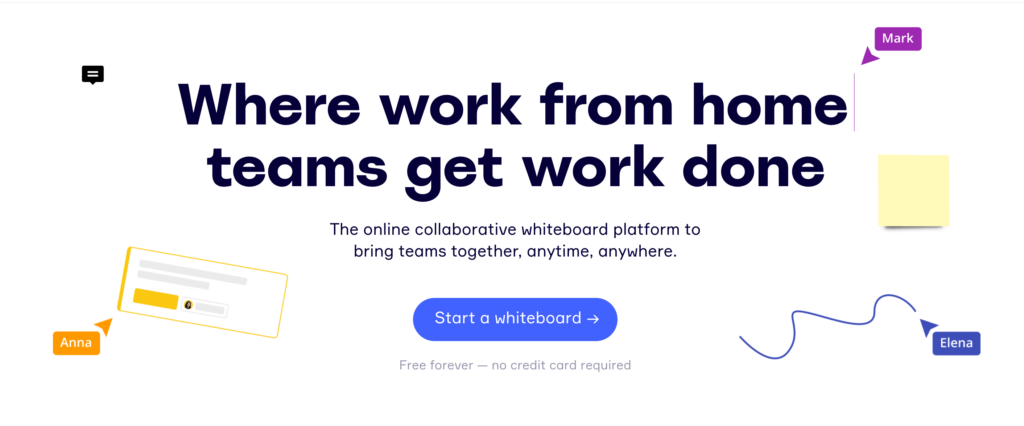
If the Covid-19 pandemic has taught us one thing, it’s that it is very much possible to take our daily in-office tasks and do them virtually. One of these tasks, which is highly dependent on continuous communication and collaboration is ‘planning’. Ideas flow when you’re holed up in a room with a whiteboard and post-it notes. Brainstorming, planning, problem-solving, iterating, learning; all of these processes are integral to any business, and any inefficiency there can lead to significant losses.
Enter: Miro.
An all-rounder product that allows you to collaborate with your colleagues and team members remotely yet seamlessly. A digital whiteboard with endless possibilities. Accelerated by the pandemic, Miro banked on the shift to remote work, enabling companies to continue to brainstorm, document and create Agile processes across multiple timezones.
Since 2020, Miro has grown its user base by 500%, from 5 million to 30 million+ now in 2022, with a 550% increase in its paying user base. Now, that’s some record-breaking numbers.
So what did Miro do right? It’s more than the right place, right time. Miro saw an opportunity to provide a solution to a global problem, understanding the grievances of the, you guessed it, end-user.
🎯 “In our view, Miro’s culture of customer centricity makes it well-positioned to address a myriad of use cases across hybrid work for more than a billion knowledge workers globally.” – Matthew Jacobson, Miro board member and investor.
What can you learn from Miro?
- Don’t assume your target audience needs will not change
Most businesses evaluate and map out their consumer personas to identify their core target audience, their needs, wants, likes and dislikes. If not reevaluated, you could be stuck with users that don’t want or need your product anymore. Let’s elaborate: Miro initially identified designers, project managers, marketing managers, and the likes as its core target audience with main use cases around brainstorming and ideation. But as times evolved, Miro kept up with their market research and critically evaluated their target audience, which started including developers, general managers, consultants, sales executives, engineers and even teachers.
Miro recognised that it was sitting on a treasured solution- the use of a whiteboard is not limited to designers and project managers, it’s universal. Miro now offers dedicated solutions for startups, education, NPO’s, hackathons, and more. Putting customers at the centre of your product-led growth strategy is a guaranteed success tactic. Keep up with your users and critically evaluate your target audience every once in a while to grow and update your product, maybe you could land 30 million users too, who knows? - Offer flexible onboarding processes
Have you ever downloaded a product and were prompted for a quick tour? Or were directly given use prompts, no questions asked? Now, for some users, these prompts and tours are crucial for onboarding. They’re new to that product landscape or even tech, in general. But for some users, it’s pestering; it’s not their first rodeo and they don’t have handheld support to guide them around the product- almost like a barrier to entry with good intentions.
Miro decided to offer flexible support options ranging from step-by-step tutorials to 1000+ templates, reducing the churn during onboarding. Making support optional, Miro let experienced users hit the ground running while letting new users slowly understand the capabilities of the software.
The number of clicks while onboarding a new user is inversely proportional to your customer acquisition rate. Meaning, the more the number of steps & clicks to onboard a new user, the less the number of new users.
Slack
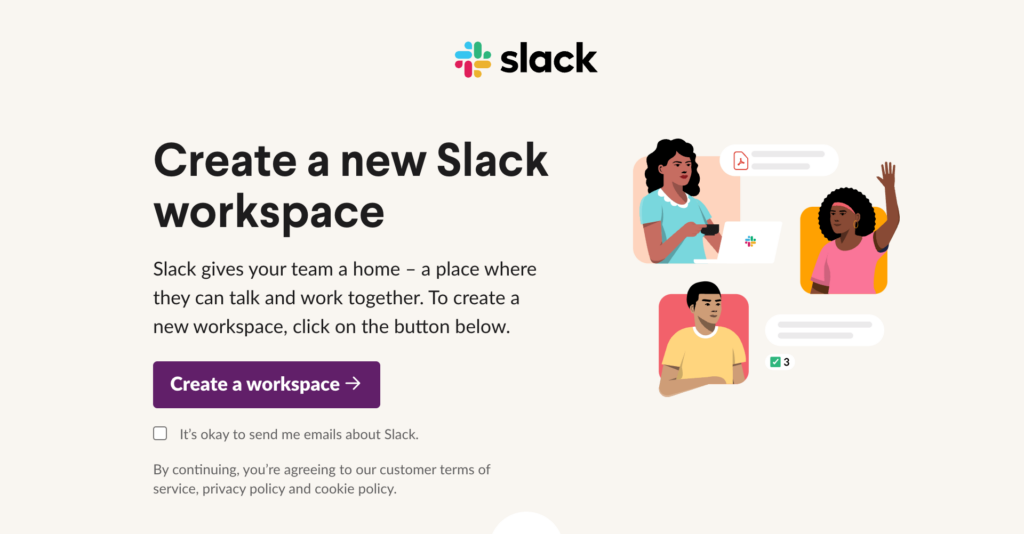
Given what Slack means to businesses today, we almost can’t imagine a world without it. Softwares like Slack show up unannounced and become the default mode of communication like it was always there. If you’re reading this from the 15th floor of your Big 4 company office while the MS Teams incoming call rings away in the background, allow me to give you a vivid image of Slack.
The most helpful explanation of Slack is often that it replaces the use of email inside the organisation. Slack has very general and broad applicability like email (or the Internet or electricity). It is not aimed at any one specific purpose, but nearly anything that people do together at work, from team meetings and workflows to office gossip and banter. With integrations being added every day, Slack has become an all-encompassing communication tool for companies.
With 10 million+ users, Slack’s growth has been multifold, and it can be attributed to its focus on solving the problems for the end-user. Instead of creating a ‘business’ solution, Slack decided to take the bottom-up approach and understand the issues faced by employees on an operational level. Stemming from his problems of being unable to communicate with team members from different timezones and being inspired by an internal instant messenger, now-CEO Stewart Butterfield went on to build Slack.
Slack had more than 60,000 daily active users and 15,000 paid users just 10 weeks after its closed beta, all of which was entirely organic growth.
🧠 Did you know Slack is an abbreviation for ‘Searchable Log of All Communication and Knowledge’?
So what led to this surge in the adoption rate of Slack? Simply, the product itself. Geared to cater to the end-user, Slack bypassed the enterprise solution image. In an era of consumer tech, the software developed a self-service model that made using the product easy without the need for installation, training, certifications or onboarding, something that most business solutions demanded, which essentially slows down the adoption rate.
Slack’s rapid growth can be attributed to word-of-mouth publicity- word travels real fast. In 2022, product companies need to realise that operational-level employees are recommending products and solutions to their bosses and managers, essentially influencing the company’s software.
What can you learn from Slack?
- The importance of design and the actual solution
Good UX design is crucial for product success, yes but in 2022, that is merely the bare minimum. Clean designs and intuitive UI are not product differentiators anymore- your product needs to solve an issue for the end-user. Simple design, simpler solution. MS Teams and Slack have great designs but you don’t hear someone recommending MS Teams now, do you?👀 - End-user as your primary target audience
Given it’s purpose of a business communication tool, if Slack had adopted traditional marketing processes and identified business owners, executives and C-suite as it’s core target audience, which would’ve been a correct approach technically, it would just be another communication tool. It’s worthwhile to dig deeper and understand who is really going to be using your product and what are their needs.
Product-led growth strategies and tactics are behind the explosive growth rates of multiple companies like Shopify, TikTok, Canva and many more. However, incorporating this strategy is not just a process; it’s a mindset. Embedding this approach from today onwards, you set yourself up for exponential success.
💡 Bonus Takeaway: Explore the ‘Freemium’ model for your product. Flaunt your product to the users, show them the value they’re getting then convert them into paying users. For every feature you paywall, a selfless geek has uploaded a lower-quality free version of it online. Chase the customer relationship, conversions will follow.
Motivated but don’t know how to build a product-led growth strategy for your business? We’re here to help.
Take your company to the next level and get results with our world class user experience, interface design and implementation.
Get a FREE 30 min Strategy Session

Related posts
BeReal: 5 Ways the Anti-Social Media App is Changing the Game
Ding. A notification ⚠️ Time to BeReal ⚠️ There are now two minutes to open the app and hit the […]
Spotify’s Embodiment of Emotional Design
On average, each smartphone user has 80+ apps on their phone, but only really launch around 9 apps per day. […]
7 UX Tips for eCommerce to Increase Conversions
UX has a pivotal role to play in increasing revenue. It is usually an overlooked aspect of the checkout process, […]
Creative product design that gets results
Take your company to the next level with world class user experience and interface design.
get a free strategy session

